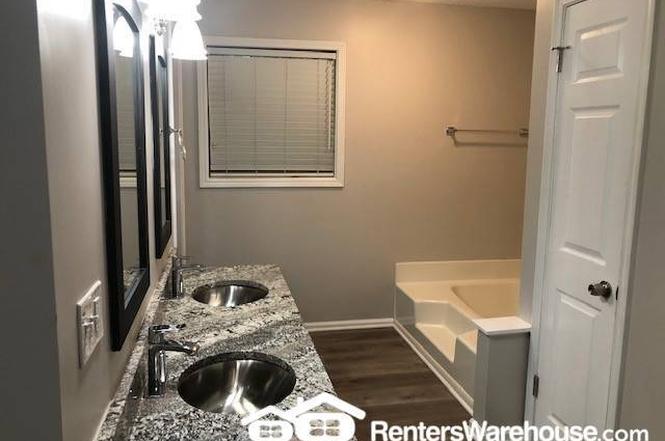

It’s easy to gauge as you’re running you’ll know in an instant how quickly you’re turning over your feet. The great thing about cadence is that it’s relatively simple. Both the chest-strap and foot pod versions of the Stryd running power meter record these metrics as well. With specific Garmin watches and heartrate monitors, you can record Vertical Oscillation and Ground Contact Time, both of which you can analyze in SportTracks, and compare with your cadence data. Choose from pie charts, scatter plots, bubble grids and more, and compare this data on axis with heartrate, elevation gain, etc.Ĭadence data is also closely related to a suite of advanced metrics called Running Dynamics. You can also visit your Analysis page and quickly put together custom charts that will display your cadence data in a variety of ways. Placing this number in a list beside your cadence data shows you how the two metrics interrelate.ĭo you ever wonder if you maintain good running form as you get tired? Analyzing your cadence by overlaying your heartrate data can help you determine this, and you can look at runs with both short and long distances and intensities to see how your form holds up. When you stack these numbers up in a list over a period of time, you can determine if your efficiency is improving. This data point measures how well your cardiovascular system performed in relation to your heartrate. These metrics are accessible in your Workout detail pages, and you can filter and list both your Average and Max cadence numbers by customizing your Workouts page:īeside the cadence data in the image above is a metric called Aerobic Efficiency. This empowers you to identify trends in your training, and to take action - siezing every opportunity for improvement.Īfter your workout, hop onto your computer or mobile device to analyze your cadence data with SportTracks. Monitoring your cadence as you run informs you of how you’re preforming in the moment, but analyzing your data later enables you to zoom-in to compare the fine details of your workout, and zoom-out to see the big picture of your fitness over time. There is less stress placed on your knees, hips, and back. High cadence provides a smoother run, regardless of whether you’re a heel-striker or a glider. These punishing strides take longer to execute, so if you increase your cadence, you decrease the likelihood of overstriding.

Overstriding is a major source of running-related injuries, and it occurs when your heel lands in front of your hips with an unbent knee. Improving your cadence also helps you avoid injuries. That’s why monitoring and analyzing your cadence data is so helpful it’s one sure-fire thing you can do to improve your form when running alone. Improving your running form can be tricky if you don’t have an experienced coach or colleague closely analyzing your gait, and it’s difficult to judge the quality of your own form when you’re running solo. Also, most Garmin GPS watches enable you to customize your data screens, so you can display your cadence and glance at it (and other metrics) while you run. Garmin watches use accelerometers to measure cadence, but it varies by manufacturer, so you may need to check out what your equipment is capable of.

However, the advantages of using tech are many: You can just count how many steps one leg takes in thirty seconds as you run, then multiply that number by four. Technology isn’t required to measure cadence. It’s definitely worth your time to track, monitor, and analyze your cadence. In running, “cadence” is the number of steps you take per minute, and training to increase it is one of the most effective ways to improve your running form and efficiency.
Step counter 1 stride 2 steps how to#
What is good running cadence? How to fully utilize fitness tech to train with cadence


 0 kommentar(er)
0 kommentar(er)
